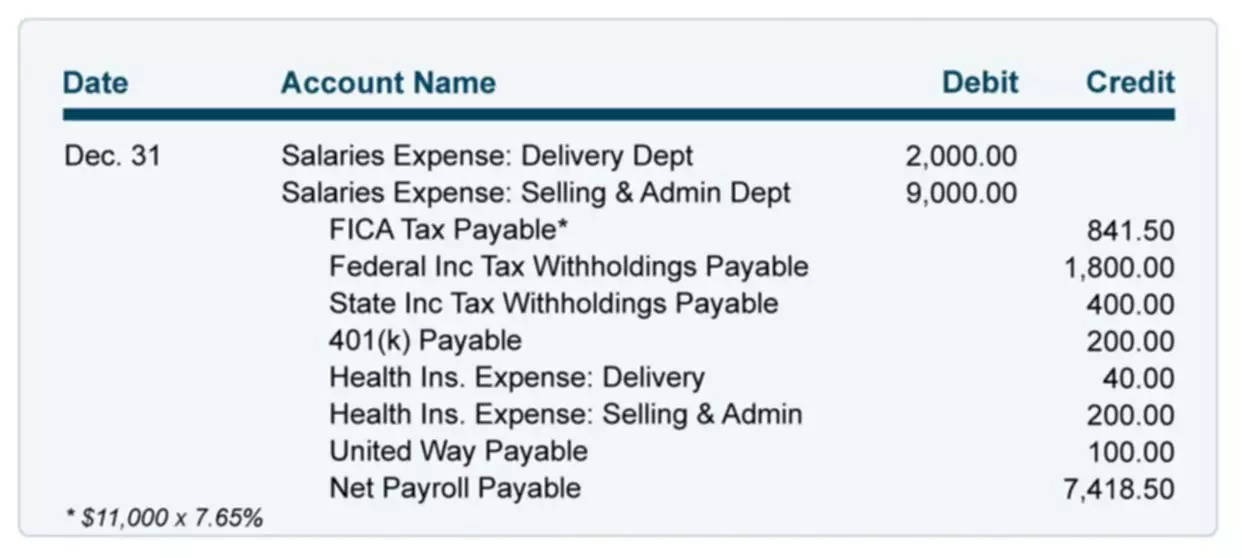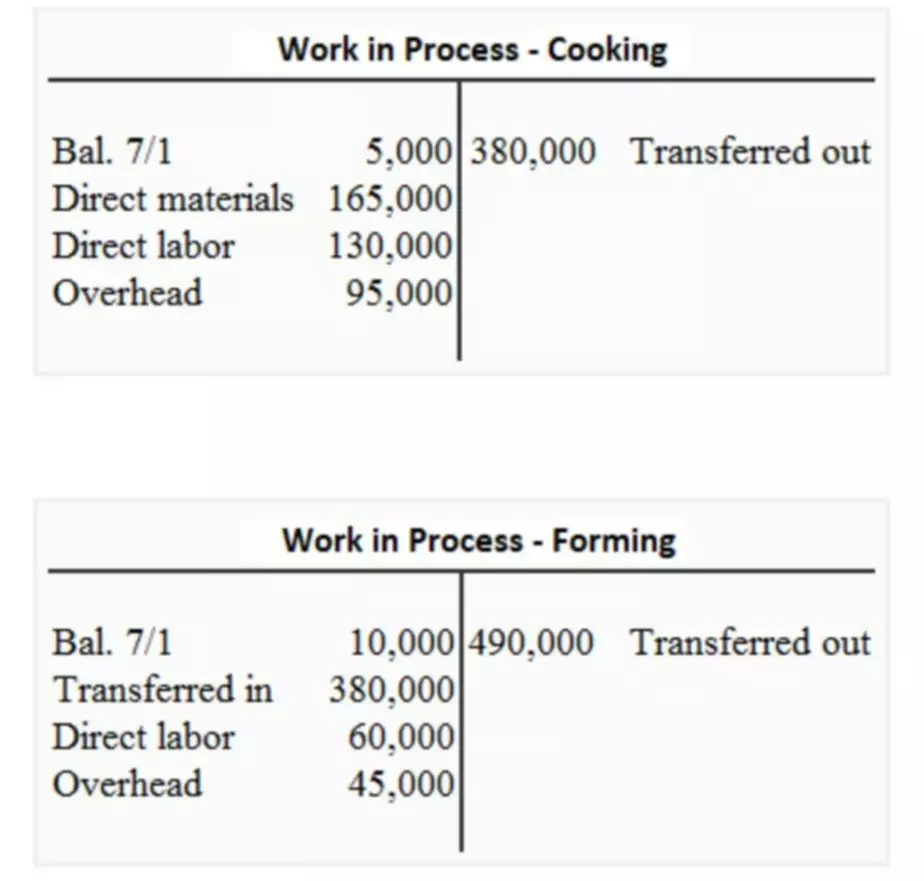Is Retained Earning an Asset? Classification & Purpose
Content

Similarly, the iPhone maker, whose fiscal year ends in September, had $70.4 billion in retained earnings as of September 2018. New customers need to sign up, get approved, and link their bank account. The cash value of the stock rewards may not be withdrawn for 30 days after the reward is claimed. Earnings statement; income and expense statement; statement of earnings; statement of income; statement of income and expenses; statement of operations. FREE INVESTMENT BANKING COURSELearn the foundation of Investment banking, financial modeling, valuations and more. Shareholders FundShareholder Fund is the fund available to stakeholders after all liabilities have been met in the event of a company’s liquidation. These earnings are retained for future use to help fund the corporation’s expansion.
To calculate retained earnings, simply subtract the amount of cash dividends and stock dividends a company pays out during a specific period from its reported net income. If a company reported a loss during that period, retained earnings may have a negative value. Retained earnings are what remain as profit after a company’s shareholders receive their dividends. Publicly owned companies don’t keep all their profits, so the retained earnings formula allows a business to determine how much money it has for growth or expansion. Businesses with higher retained earnings may be more focused on their expansion, and management has chosen to withhold dividends until the company achieves its objectives. Your financial statements may also include a statement of retained earnings.
The retained earnings formula
Examples of these items include sales revenue, cost of goods sold, depreciation, and other operating expenses. Non-cash items such as write-downs or impairments and stock-based compensation also affect the account. When revenue is shown on https://www.bookstime.com/ the income statement, it is reported for a specific period often shorter than one year. A company can pull together internal reports that extend this reporting period, but revenue is often looked at on a monthly, quarterly, or annual basis.
Why Are Retained Earnings Important?
Retained earnings are important for a small business because they represent earnings that you can:Reinvest into the business for growth or expansion Pay off debts Save for the future You may also distribute retained earnings to owners or shareholders of the company. Companies that pay out retained earnings in the form of dividends may be attractive to investors, but paying dividends can also limit your company’s growth.
If you don’t pay dividends, you can ignore this part and substitute $0 for this portion of the retained earnings formula. To understand how the retained earnings account works, you need a basic understanding of the income statement and the balance sheet. The income statement is the financial statement that most business owners review first.
Factor 2. High Operating Costs
That loss, which is a negative profit, would translate to negative retained earnings. A company’s retained earnings equal its net income after distributing any profits in the form what are retained earnings of dividends paid to shareholders. Revenue is the total amount of money coming into a business, before accounting for any expenses or distributing any money to shareholders.
What is retained earnings in simple words?
Retained earnings are the amount of profit a company has left over after paying all its direct costs, indirect costs, income taxes and its dividends to shareholders. This represents the portion of the company's equity that can be used, for instance, to invest in new equipment, R&D, and marketing.
Revenue on the income statement is often a focus for many stakeholders, but the impact of a company’s revenues affects the balance sheet. If the company makes cash sales, a company’s balance sheet reflects higher cash balances.
Stockholders’ equity
Companies that invoice their sales for payment at a later date will report this revenue as accounts receivable. On one hand, high retained earnings could indicate financial strength since it demonstrates a track record of profitability in previous years. On the other hand, it could be indicative of a company that should consider paying more dividends to its shareholders. This, of course, depends on whether the company has been pursuing profitable growth opportunities. On the top line, the beginning period balance of retained earnings appears.

Note that each section of the balance sheet may contain several accounts. Businesses incur expenses to generate revenue, and the difference between revenue and expenses is net income.
If Corporation X is interested in purchasing one of its competitors, it may choose to only pay $150,000 in dividends that year to free up $850,000 for its acquisition. In an accounting cycle, the second financial statement that should be prepared is the Statement of Retained Earnings. This is the amount of income left in the company after dividends are paid and are often reinvested into the company or paid out to stockholders. If the only two items in your stockholder equity are common stock and retained earnings, take the total stockholder equity and subtract the common stock line item figure.
- For freelancers and SMEs in the UK & Ireland, Debitoor adheres to all UK & Irish invoicing and accounting requirements and is approved by UK & Irish accountants.
- By evaluating a company’s retained earnings over a year, or even just one quarter, you can gain a deeper understanding of how profitable it is in the long term.
- Gross revenue is the total amount of revenue generated after COGS but before any operating and capital expenses.
- This balance is carried from year to year and thus will grow as a company ages.
- Retained earnings is the cumulative amount of earnings since the corporation was formed minus the cumulative amount of dividends that were declared.

